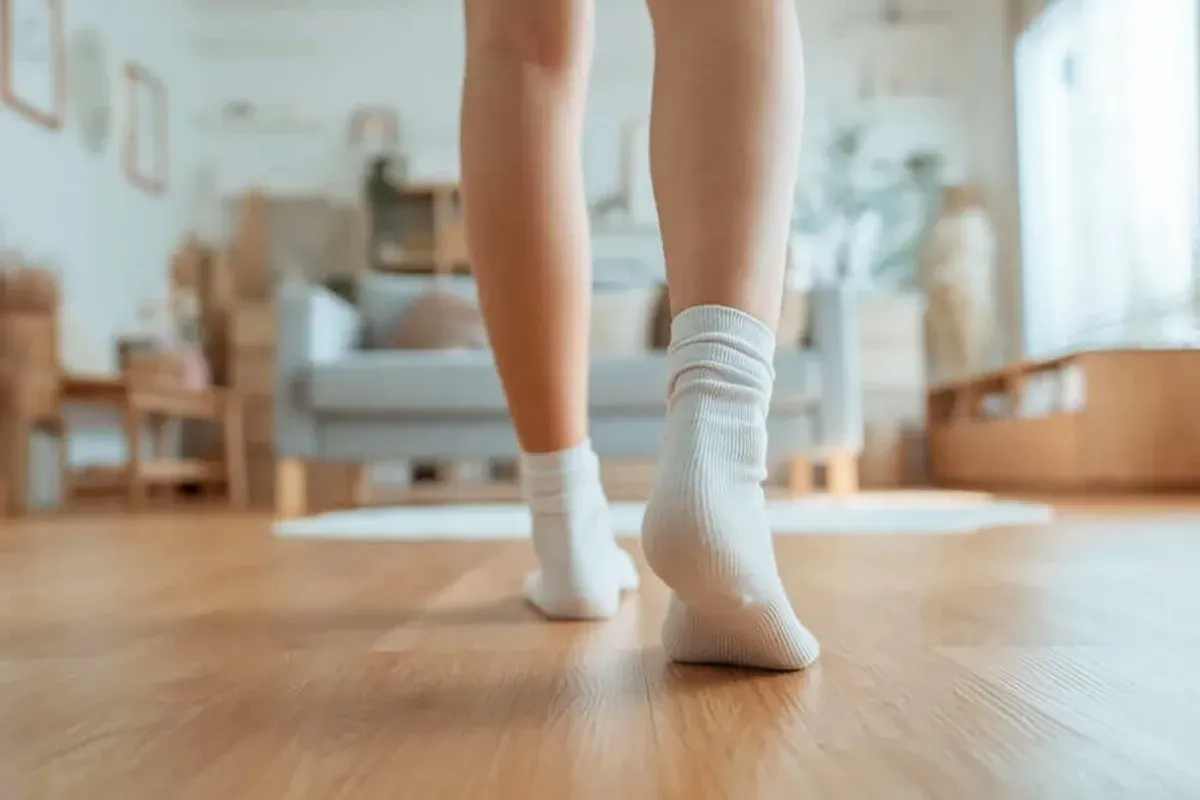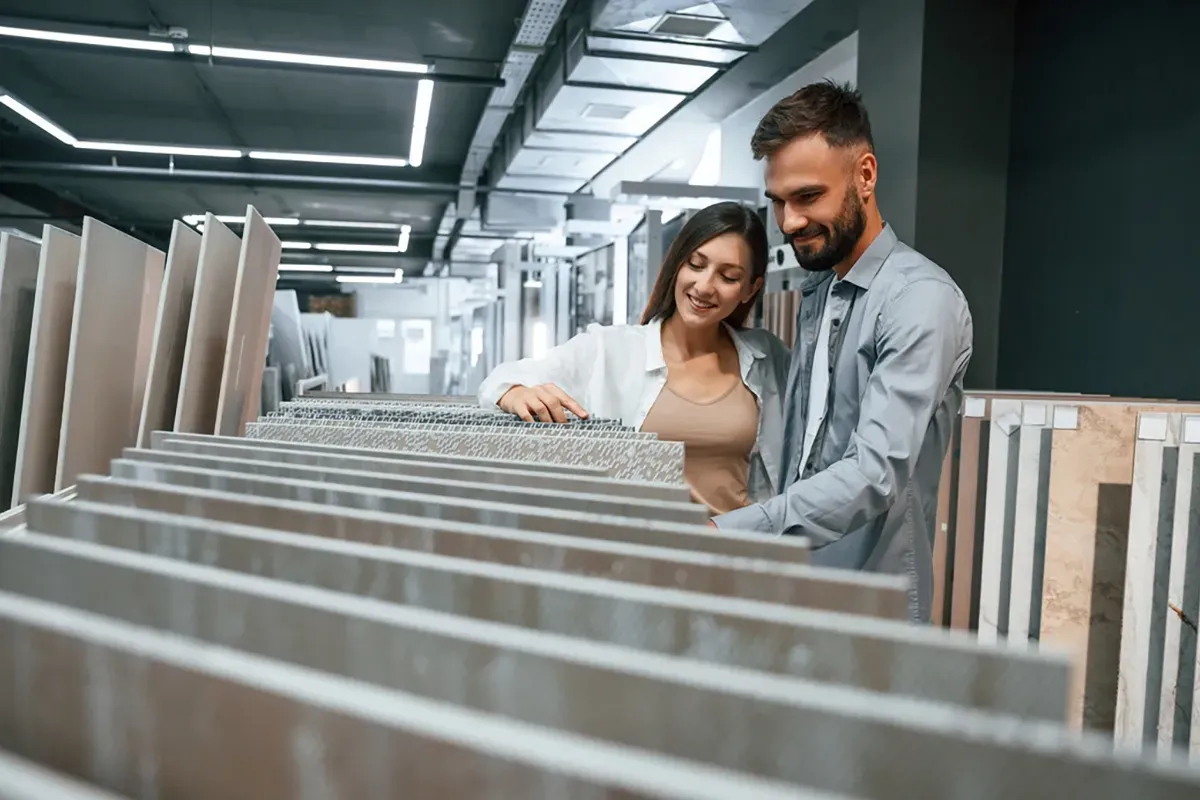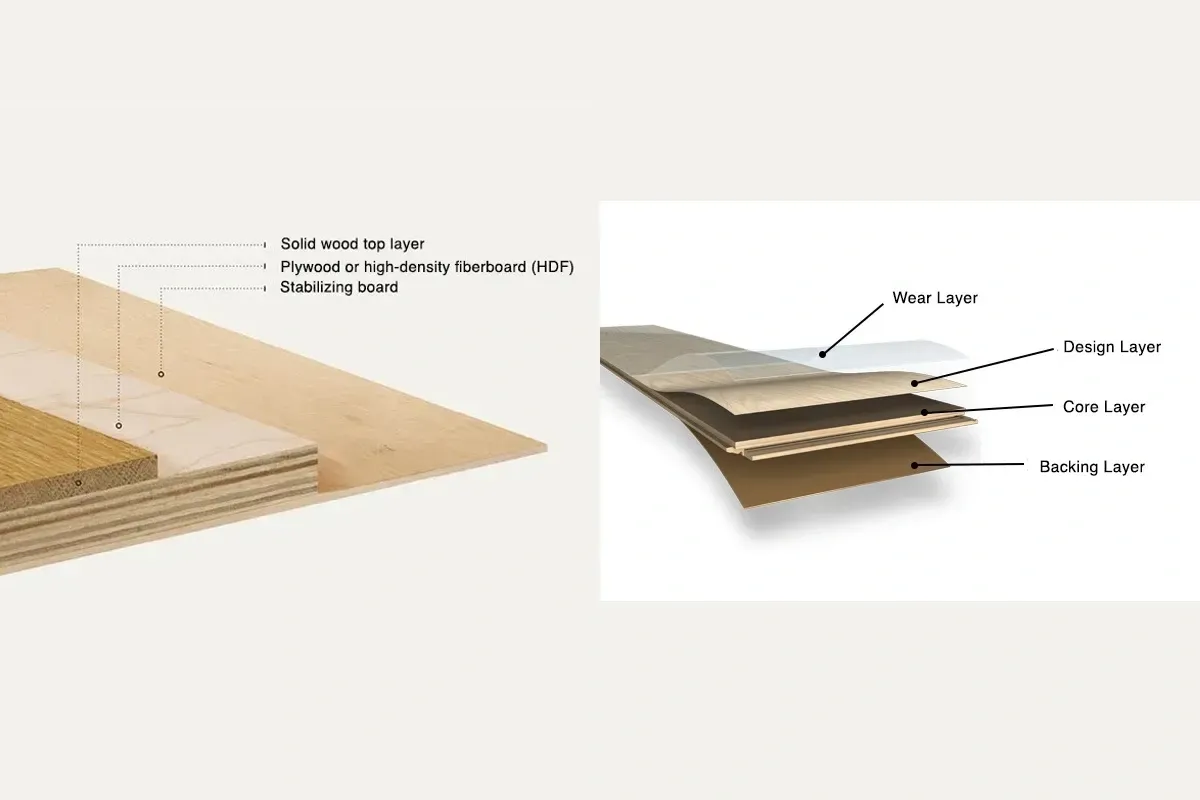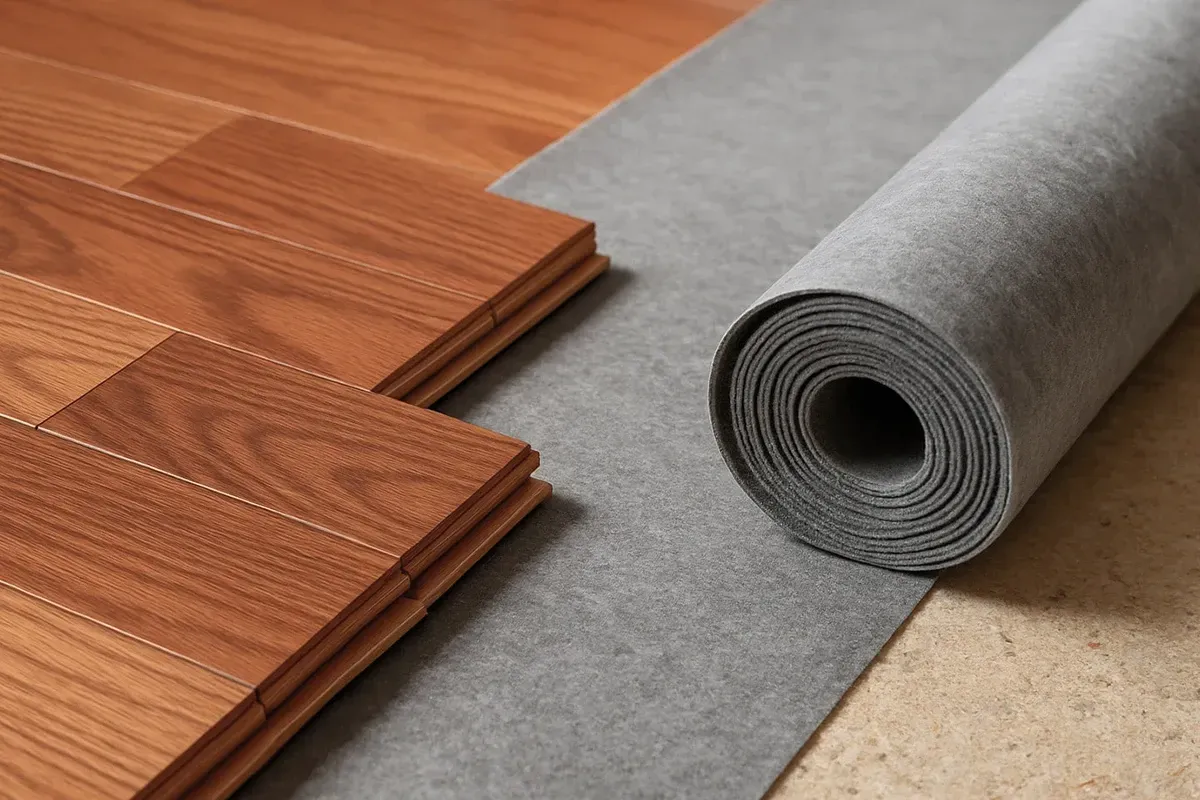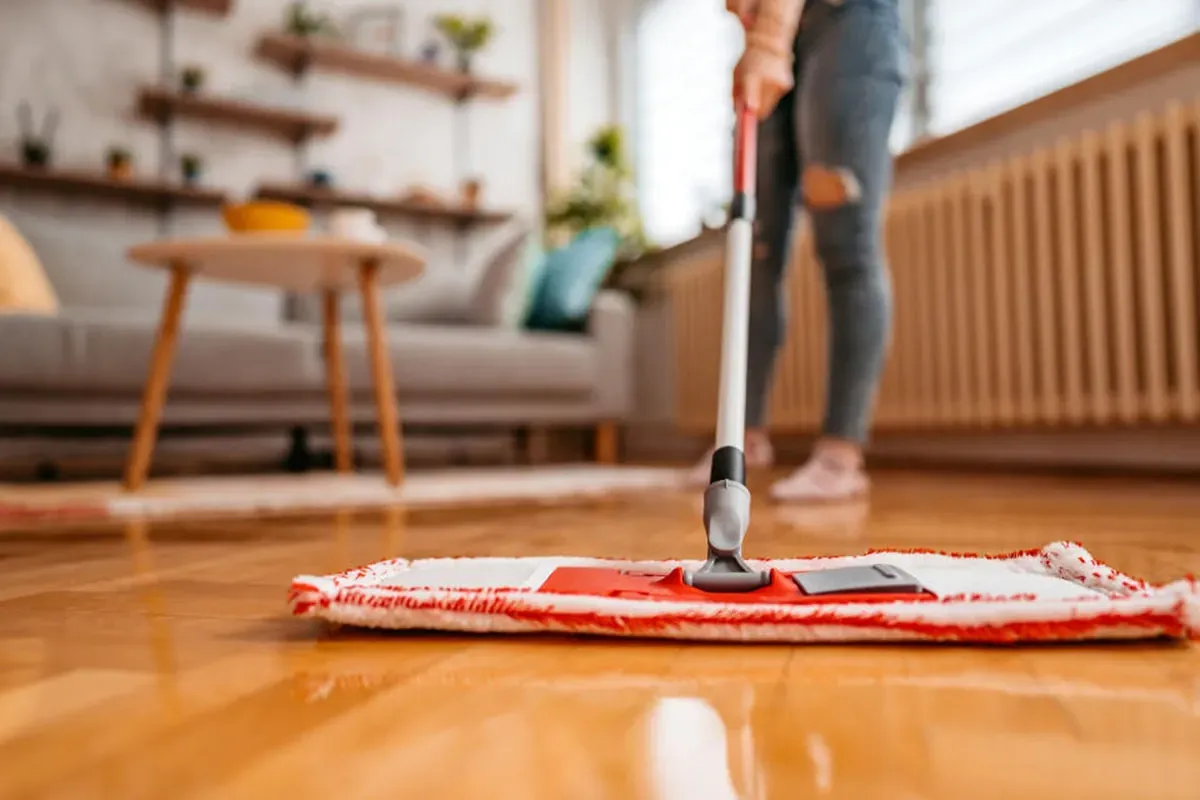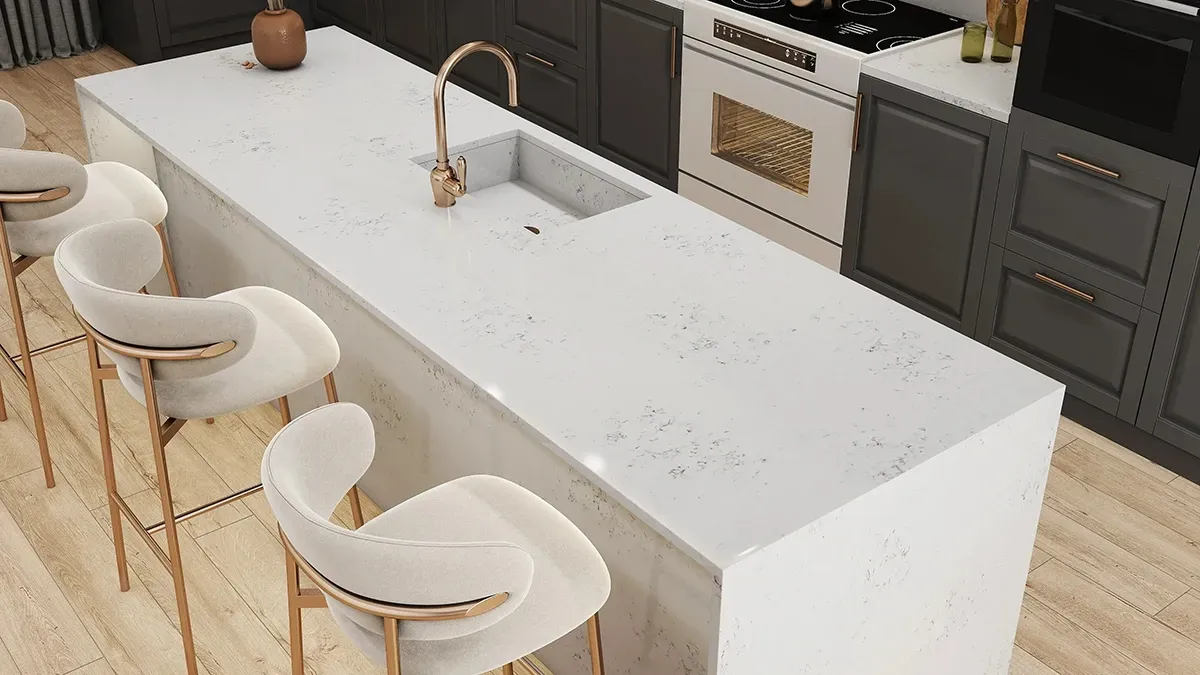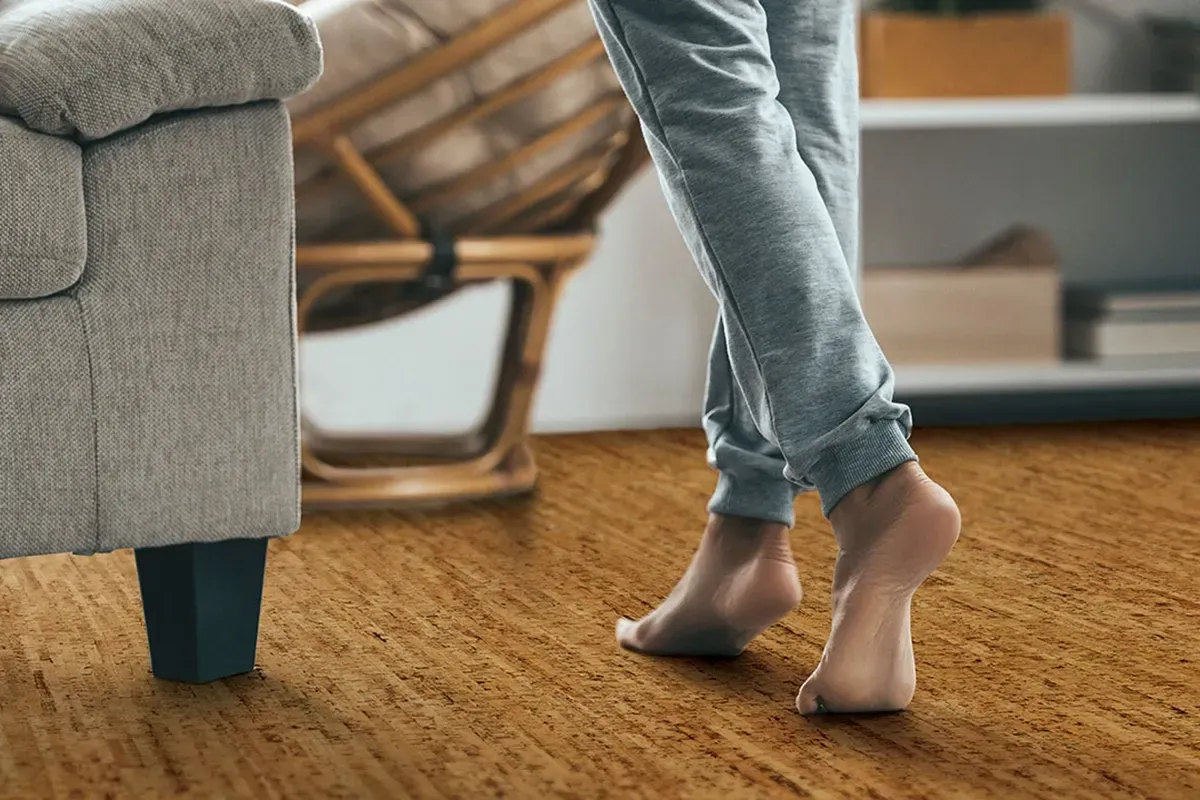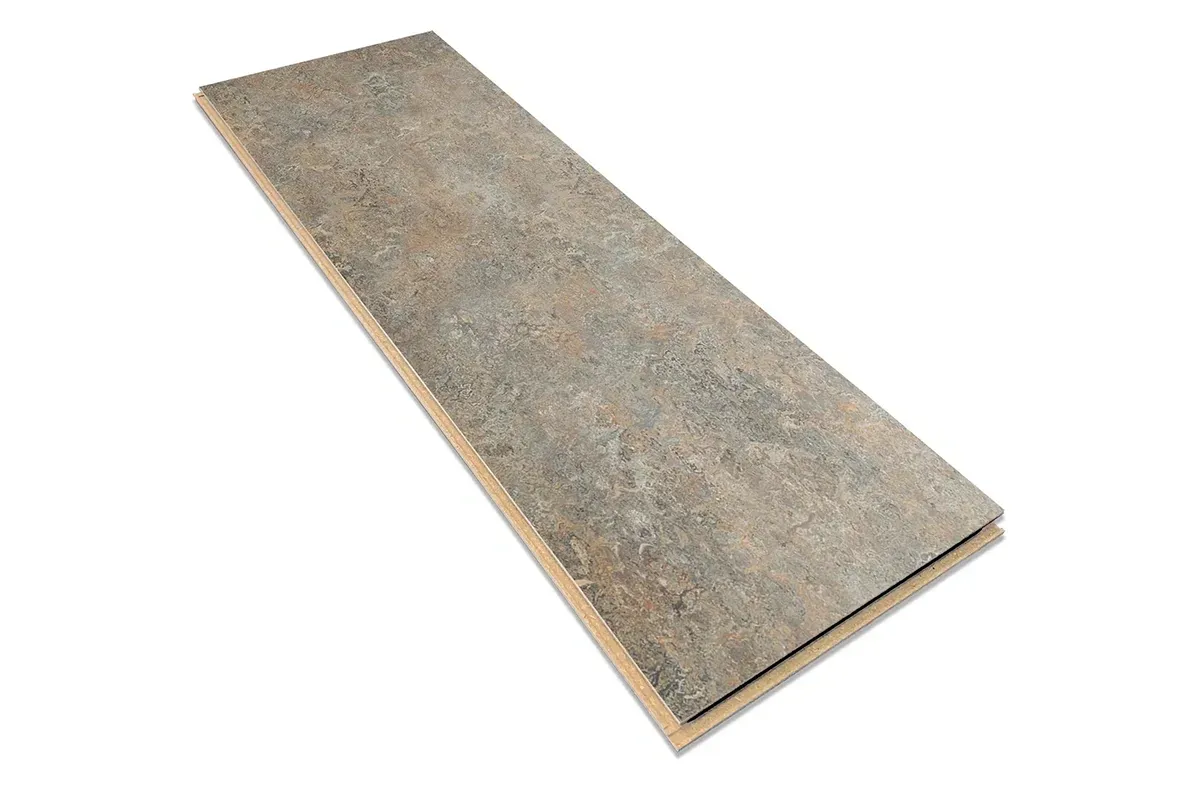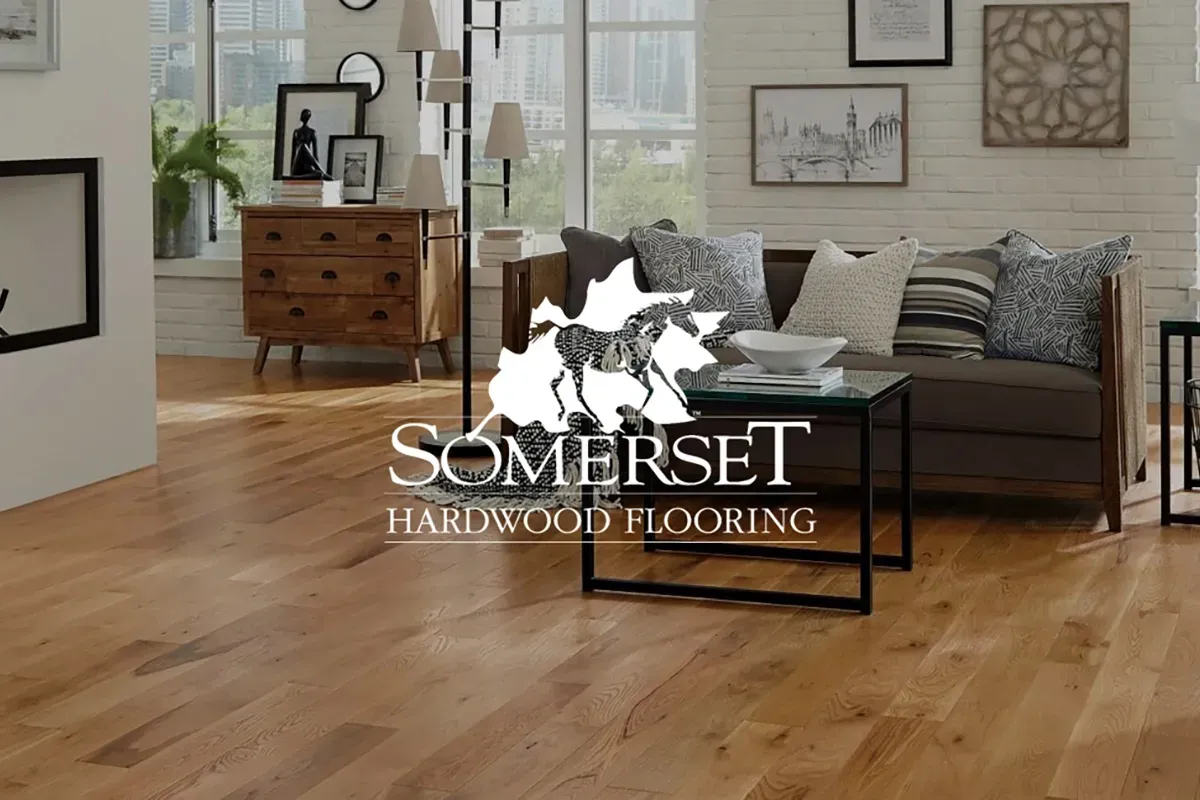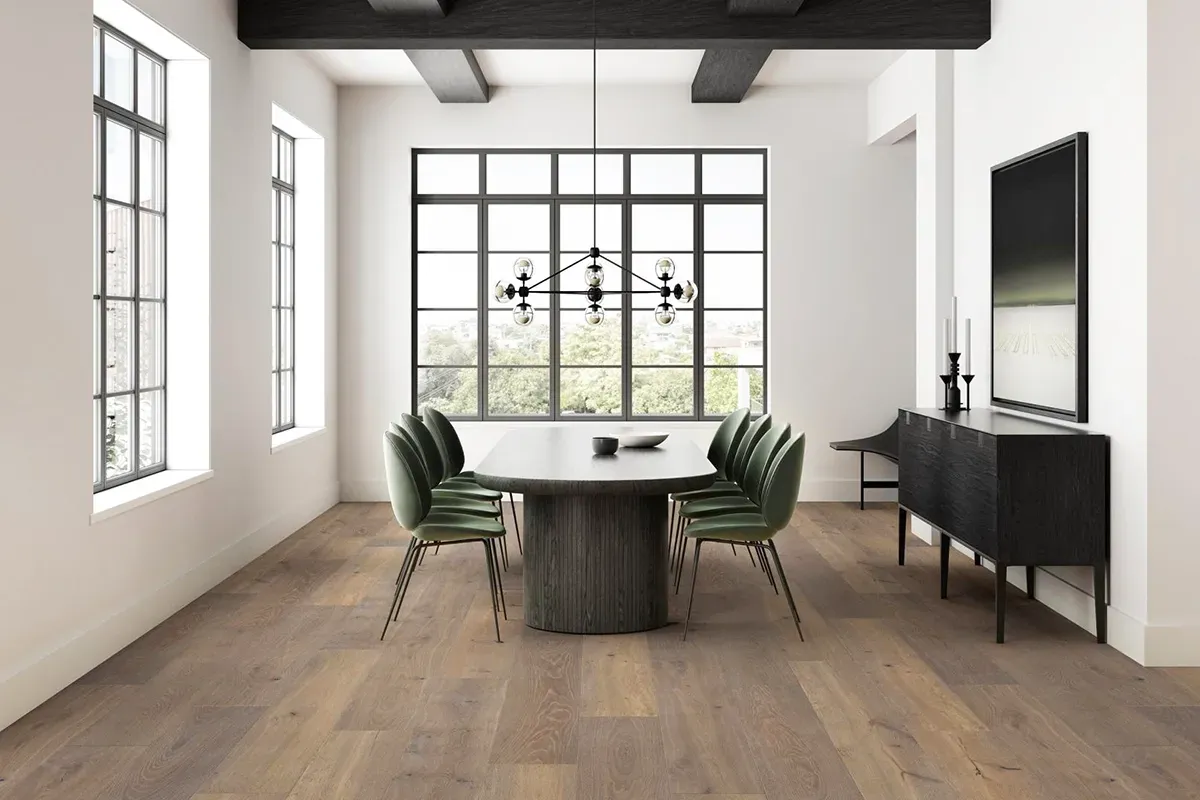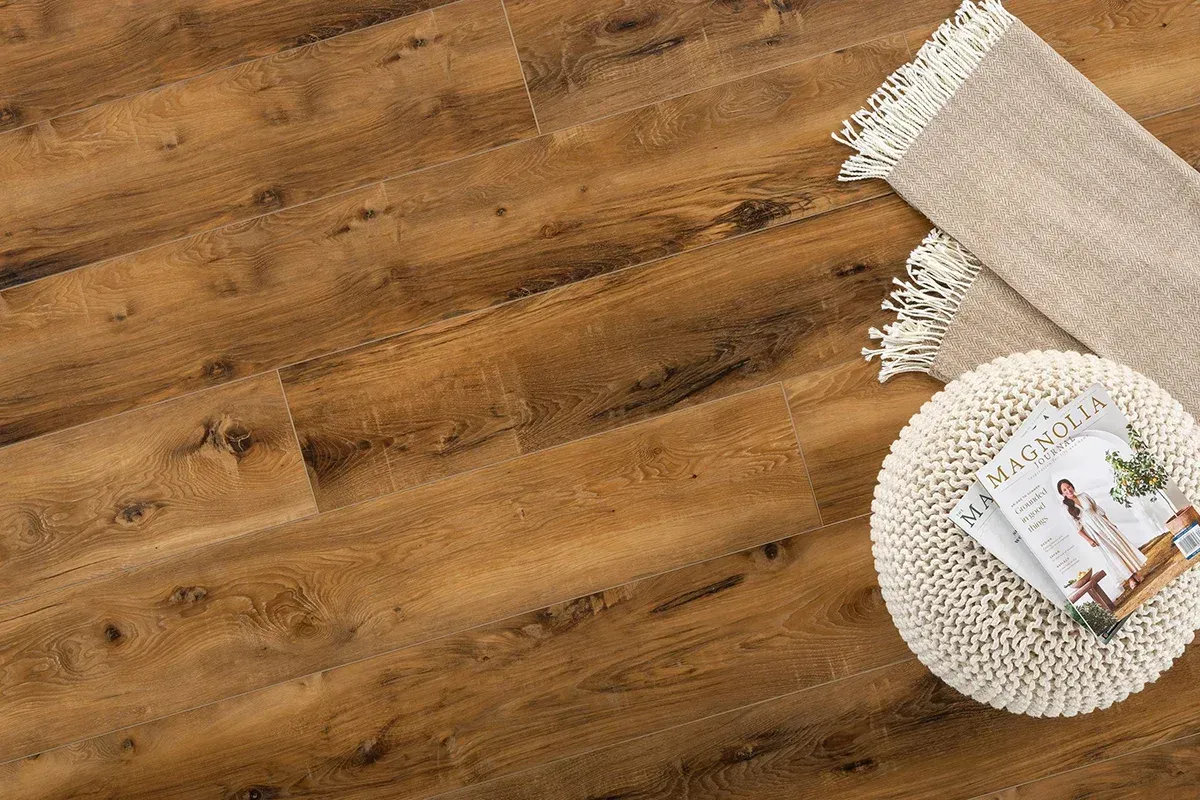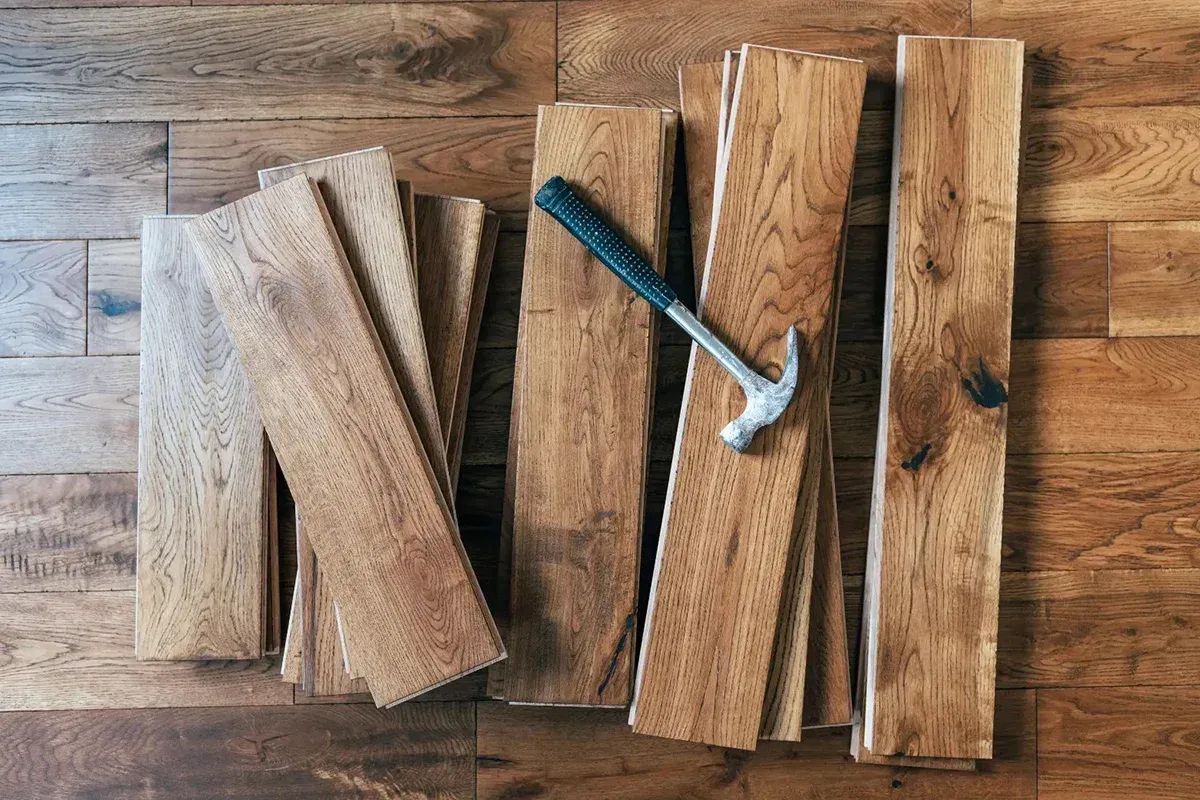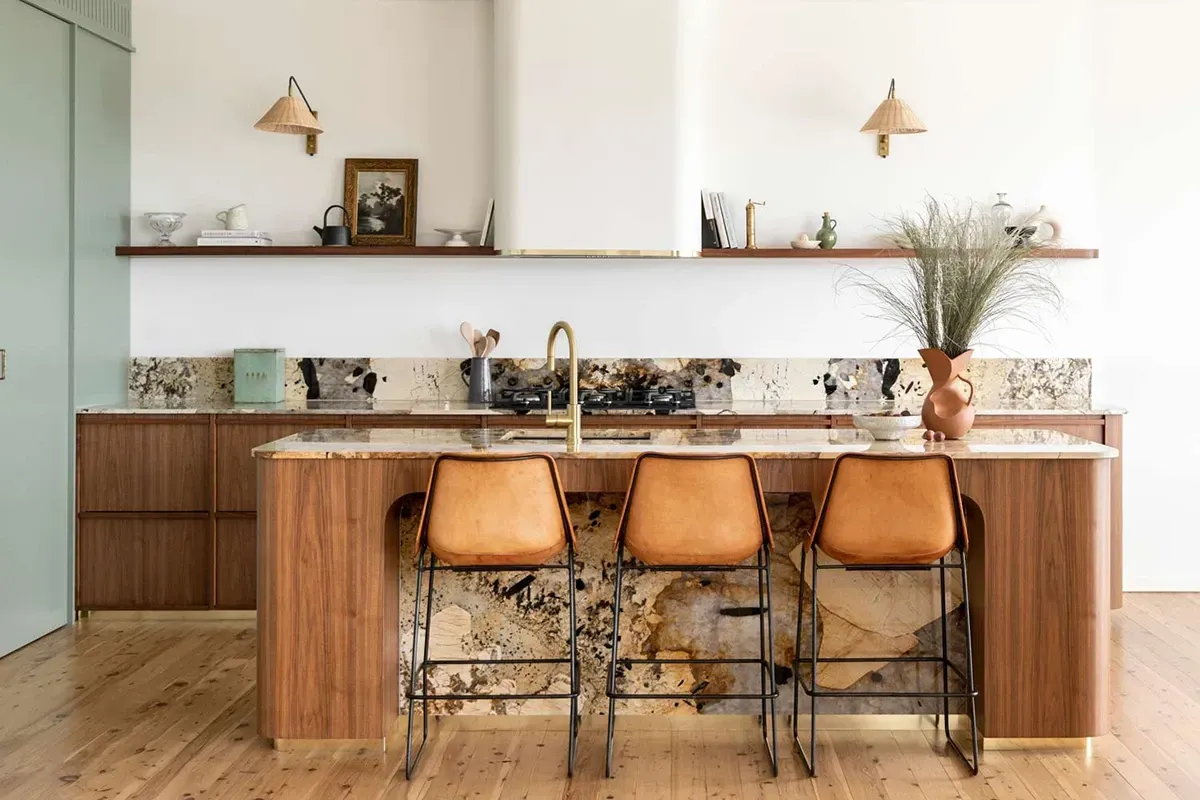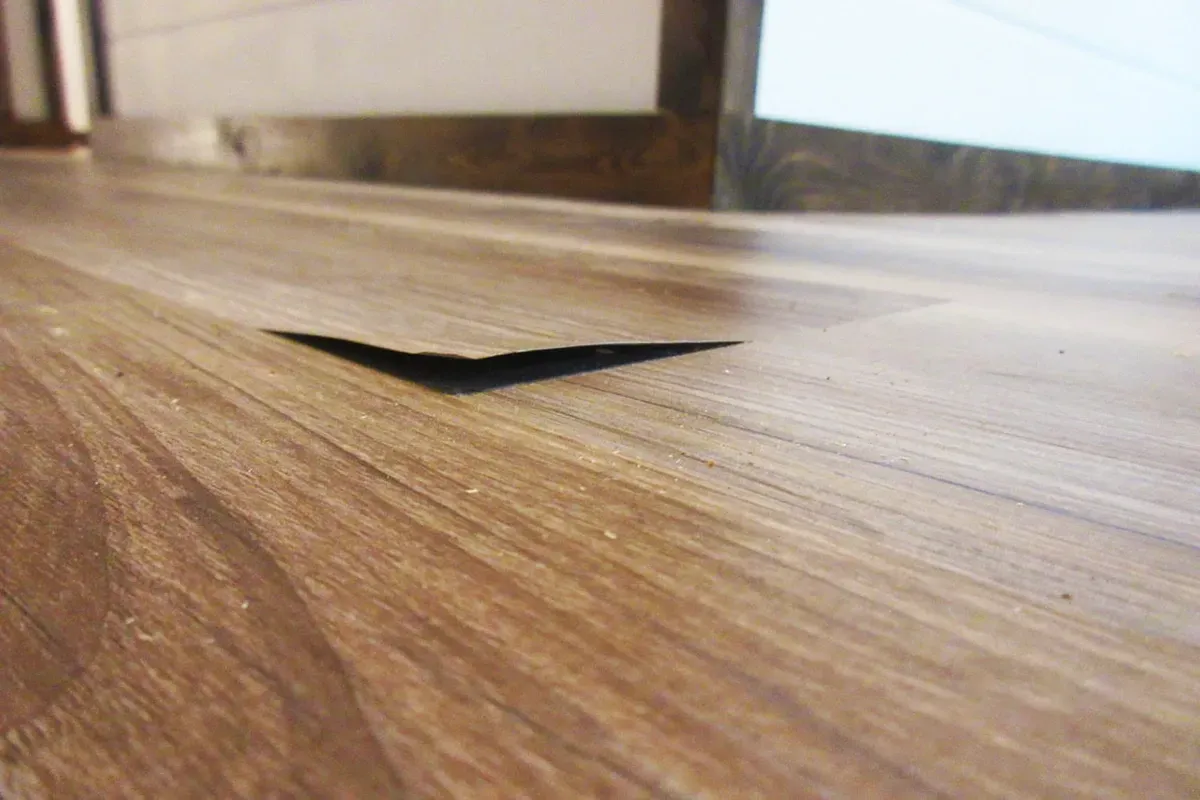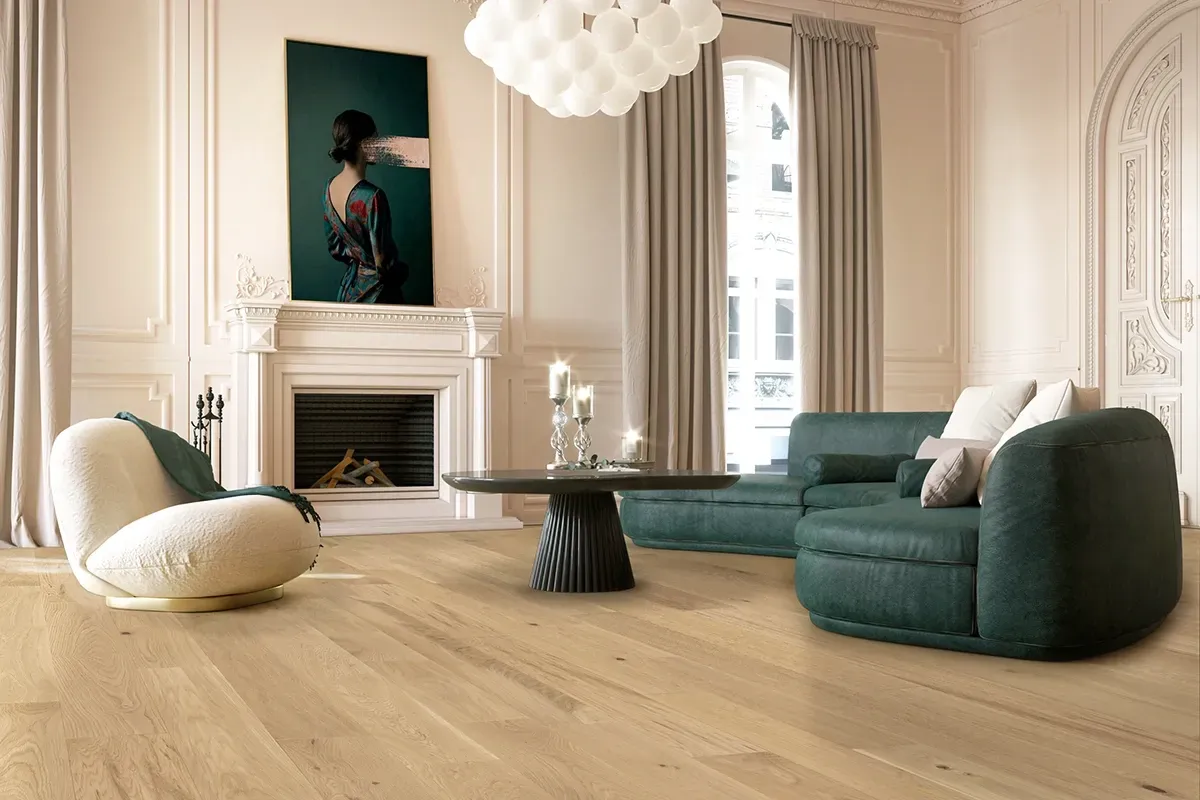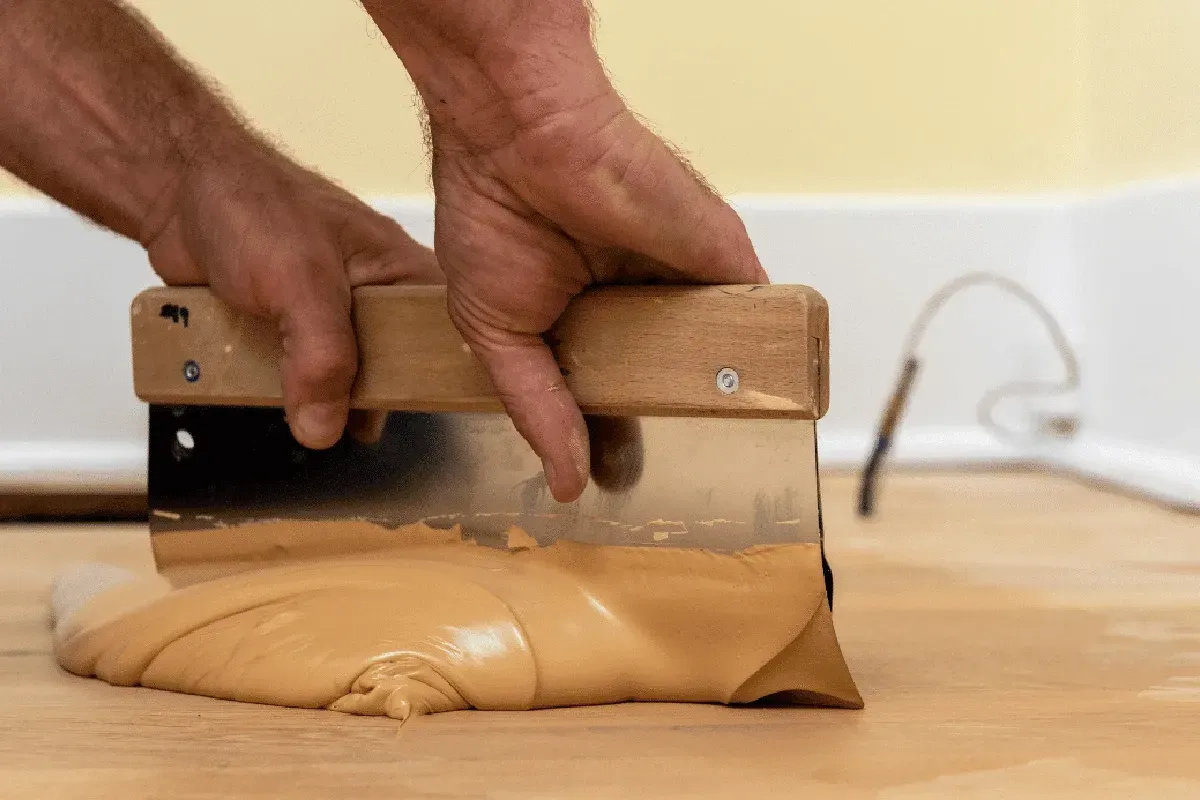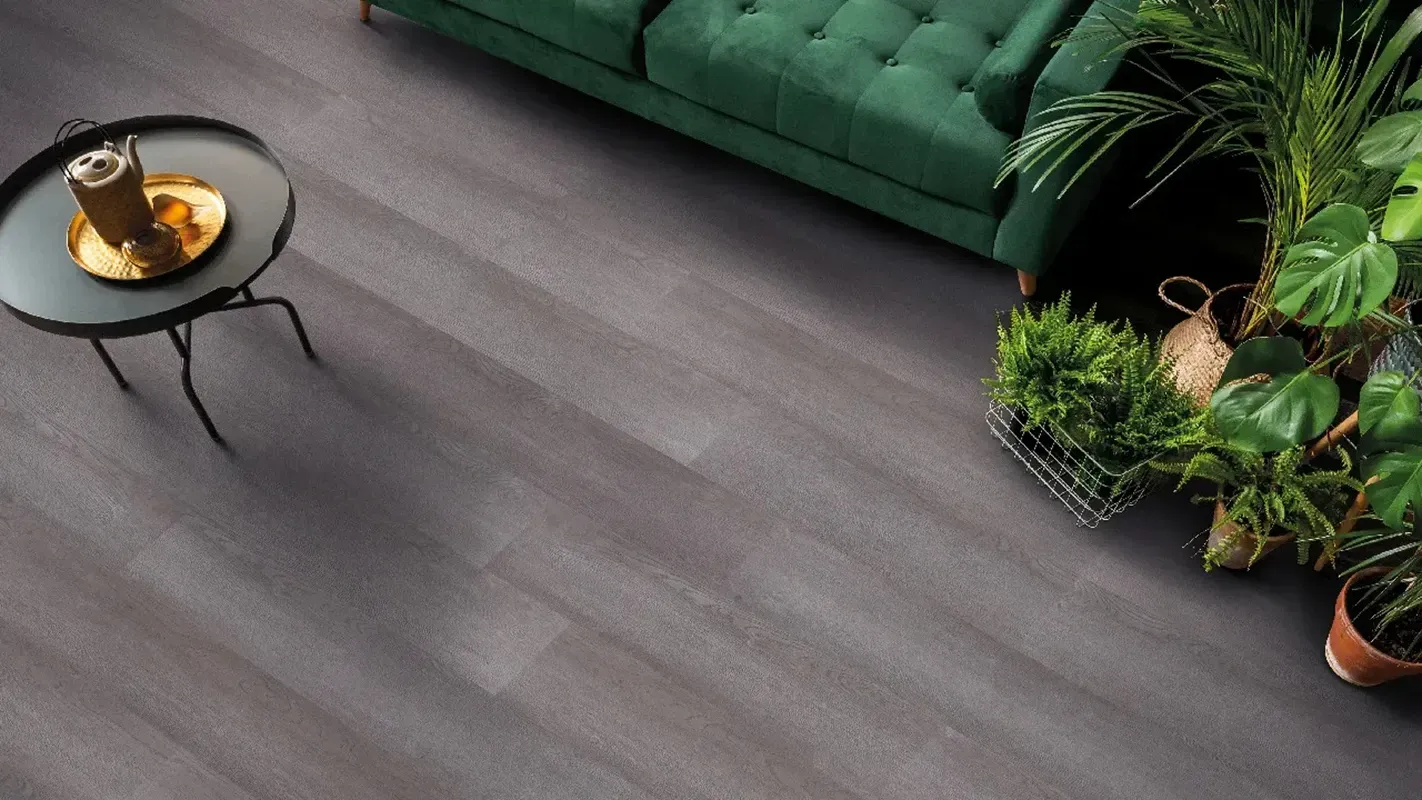Historic Hardwood Floors: Restoration Tips & Considerations
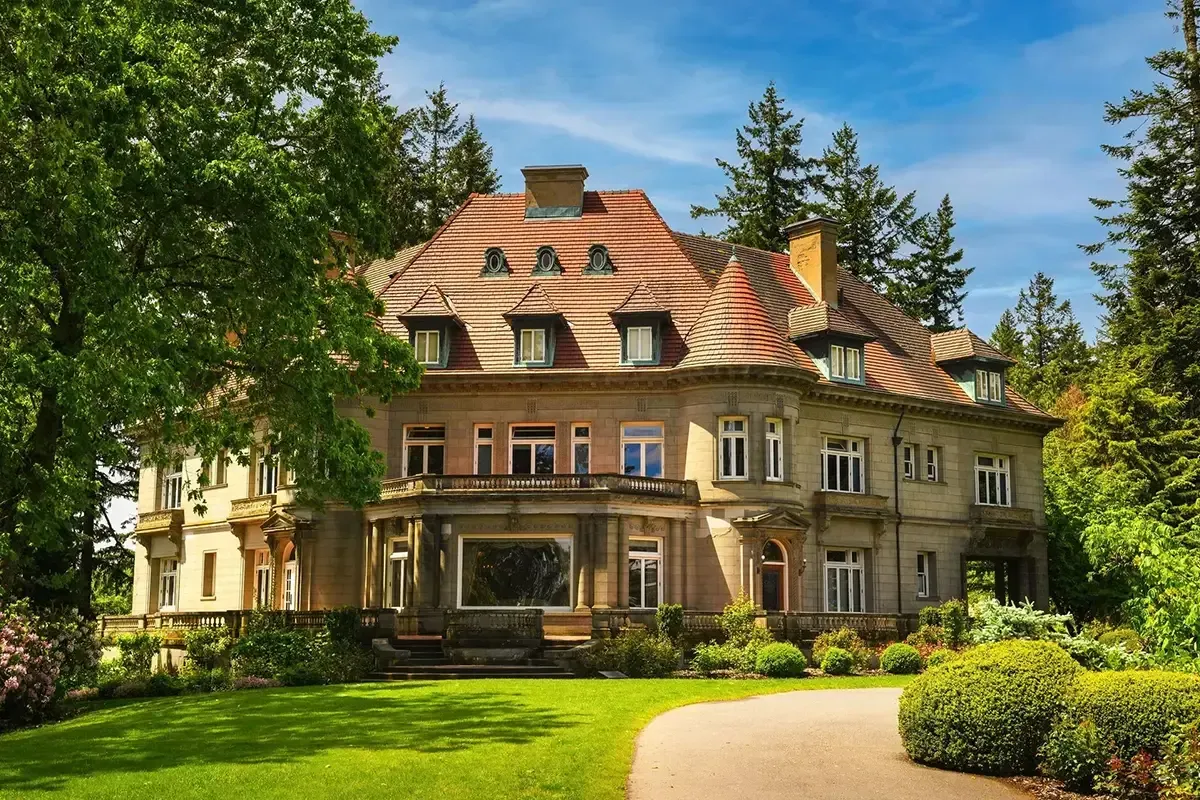
Stepping into a historic home is like walking through a storybook of architectural eras, where every floorboard and design detail speaks of the past. One of the most significant aspects of preserving the charm and history of these homes lies in maintaining their original hardwood floors. From early Colonial softwood pine planks to the ornate parquet borders of the 20th century, hardwood flooring has evolved into a vital element of historical preservation.
In cities like Portland, Oregon—known for its iconic Victorian, Bungalow, Craftsman, and Mid-Century Modern homes—restoring hardwood floors is an art form that requires expertise, patience, and an appreciation for the home’s architectural heritage. Here’s a comprehensive guide to restoring and preserving historic hardwood floors, helping you keep your home's character alive for generations to come.
Why Preserve Historic Hardwood Floors?
- Authenticity: Preserving original hardwood floors in a historic home maintains its authenticity. For many homeowners, keeping the original materials used in construction is essential to maintaining the historical accuracy of the home. Hardwood flooring was often the first choice for builders, and by preserving it, you’re ensuring that the home’s integrity remains intact.
- Aesthetic Appeal: Historic homes are often celebrated for their craftsmanship and unique architectural styles. The rich patina and naturally aged character of hardwood floors enhance the overall aesthetic appeal of the space. With time, hardwood develops a beauty that cannot be replicated, offering a warm and inviting look that complements the home’s historic features.
- Durability and Longevity: One of the greatest benefits of hardwood is its long-lasting nature. Many homes built over a century ago still have their original hardwood floors in remarkable condition. With proper care and restoration, these floors can last for decades, continuing to tell the story of the home and its inhabitants.
- Property Value: Well-maintained original hardwood floors increase the desirability of historic homes on the market. Potential buyers often seek out homes with preserved architectural features, including flooring, as it adds value and charm that modern homes cannot easily replicate. Restored hardwood floors can be a significant selling point, enhancing the overall market appeal of the property.
- Environmental Sustainability: Preserving historic hardwood floors is not only a tribute to the past but also a step toward environmental sustainability. By maintaining the original materials, homeowners can avoid contributing to the demand for new flooring materials, reducing waste and promoting eco-friendly living.
Challenges in Restoring Historic Hardwood Floors
While restoring historic hardwood floors is rewarding, it comes with its challenges:
- Wear and Tear: Historic hardwood floors often show signs of wear, such as scratches, dents, and water damage. These floors require expert care to address these issues without compromising their integrity. Professional restoration is key to ensuring that the floor remains structurally sound while keeping its original character.
- Matching Wood Types and Colors: One of the most difficult tasks in restoring historic hardwood floors is finding the right wood to match the existing floor. Many older homes were built with wood that is no longer milled or widely available, making it challenging to replace damaged sections seamlessly. Expert craftsmen can blend new wood with the old, ensuring a cohesive look.
- Pests and Infestations: Historic homes are often vulnerable to termites and other pests that can damage hardwood floors. It’s important to address these infestations quickly and choose non-toxic, environmentally friendly pest control methods that are safe for both the home and its occupants. Regular inspections and preventative treatments can help protect the floors from further damage.
- Refinishing Concerns: The finishes used on historic hardwood floors may contain substances that are now considered unsafe or outdated. When refinishing these floors, it’s important to use modern, eco-friendly products while retaining the original look. A professional will know how to handle this process carefully, balancing aesthetics with modern safety standards.
- Striking a Balance Between Restoration and Preservation: When restoring historic hardwood floors, the goal should be to preserve the floor’s natural character rather than achieving a "brand new" appearance. Restoring without erasing the floor’s history is key to maintaining its charm. Every scratch, groove, and discoloration tells a story, and restoration should respect the narrative these floors hold.
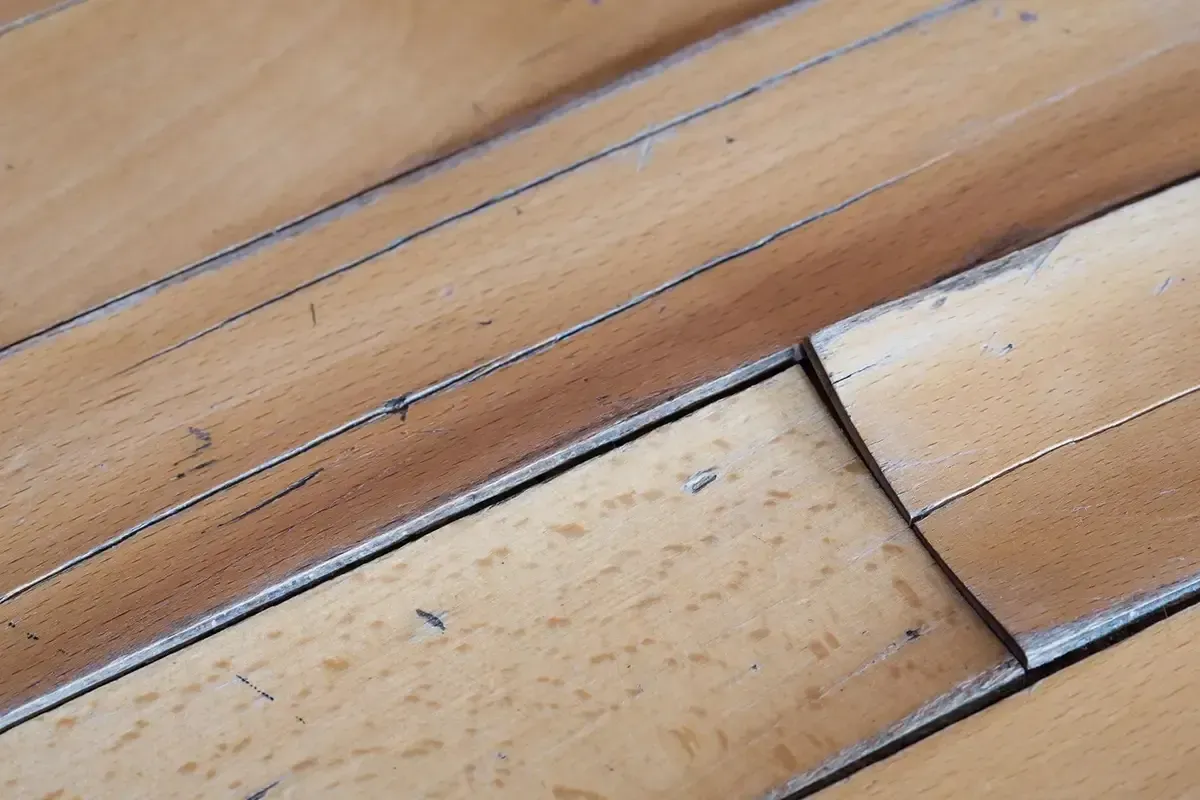
Restoration Tips for Historic Hardwood Floors
If you're ready to restore the beauty of your home's historic hardwood floors, consider the following steps:
- Start with a Professional Assessment: Before diving into any restoration work, have a professional assess the condition of your floors. They can help identify areas that need repair, assess structural integrity, and recommend the best course of action for restoration.
- Sanding with Caution: Sanding is an essential step in restoring hardwood floors, but it must be done carefully, especially with older floors that may have thin wear layers. Excessive sanding can permanently damage the wood. A light sanding may be all that’s needed to restore the floor’s natural beauty while preserving its integrity.
- Repairing and Replacing Planks: If sections of the floor are too damaged to restore, consider replacing them with reclaimed wood that matches the original as closely as possible. Reclaimed wood can help maintain the authenticity of the floor while allowing for necessary repairs.
- Choosing the Right Finish: Opt for finishes that protect the wood while preserving its historic look. Water-based polyurethane finishes are popular for their durability and minimal impact on the wood’s natural appearance. Avoid finishes that create a high-gloss modern look, as they may detract from the floor’s historic charm.
- Regular Maintenance: Once restored, regular maintenance is essential to prolong the life of your historic hardwood floors. This includes sweeping, dusting, and using a damp mop with mild wood cleaners. Avoid harsh chemicals that can strip the finish or damage the wood.
Conclusion: Balancing Preservation and Modern Living
Owning a historic home means maintaining a delicate balance between preserving the past and accommodating modern living. The preservation of historic hardwood floors is more than just a restoration project—it’s about honoring the craftsmanship and history of your home while ensuring that it remains functional for generations to come.
At Rejuvenation Floor and Design, we specialize in restoring and maintaining historic hardwood floors. Whether you’re dealing with wear and tear, need repairs, or are ready for a complete restoration, our team is here to help. Contact us today at 503-989-8997 to learn more about how we can assist you in keeping your home’s historic charm intact.

